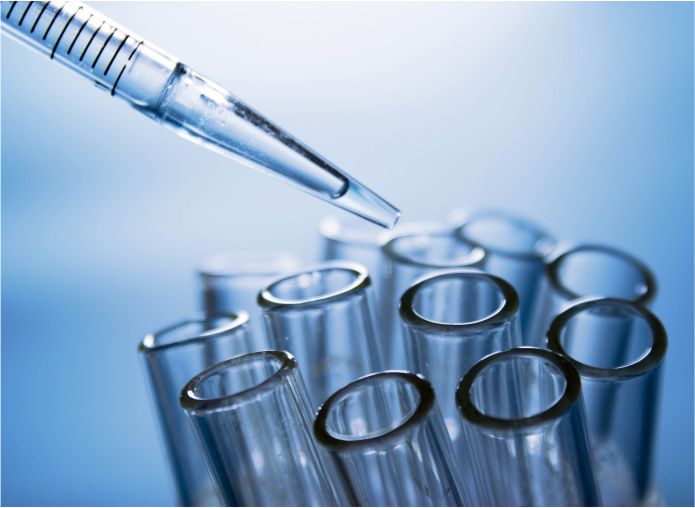Introduction to Development and Application of Biomarkers
Biomarker research plays a vital role in current biomedical research. Coined from the words biological and marker, this term now is used to describe a vast range of chemicals and physiological phenomena. This term was proposed nu the National Institutes of Health (United States) in the year 2001 and has been defined as “a characteristic that is objectively measured and evaluated as an indicator of normal biological processes, pathogenic processes, or pharmacologic responses to a therapeutic intervention.” Therefore, the term biomarker can be used for diagnosis, prognosis, or even as a screening tool for population research. The Oxford Dictionary of the English Language has implied that a biomarker is “a distinctive mark, trait, or feature; a distinguishing or essential peculiarity or quality.” This also means that a biomarker can be anything, ranging from:
Protein or peptide
Modified protein that has undergone a process of oxidation
Nucleic acid
Modified nucleic acid
Lipids
Carbohydrates
Examples and Applications of Biomarkers
1. Prostate Specific Antigen (PSA)
Was used as a biomarker for prostate cancer
Recent concerns regarding its diagnostic value
Great for prognosis
2. CA-125
Not useful as a screening tool
Useful for guidance of treatment options
Great for prognosis
3. Inflammation
Prognosis for ischemic stroke
Detection of Biomarkers
Depending on the specific biomarker, it will have specific ways of detecting as well. Some of these biomarkers can be detected through:
Positron emission tomography
Diffusion magnetic resonance
Gas chromatography with mass spectrometry
And more.
Classification of Biomarkers
Companion diagnostics – related to theranostics, are biomarkers that are developed for therapeutic purposes. For example, in the application of breast cancer.
Cancer biomarkers
Screening biomarkers
System / organ biomarkers
Views Regarding Biomarkers
Current research and studies are focused on the identification, validation, and implementation of specific biopolymers which can then be used as biomarkers for population screening and prognostic purposes. According to Roger L. Lundblad, author of “Development and Application of Biomarkers”, he suggests that due to the advances of analytical technologies such as mass spectrometry, high performance gas chromatography, and the computational ability to process huge amounts of data has enabled the search for biomarkers. He also believes that the term has been overused and is more of a concept rather than just a laboratory analyte.
Other investigators have likened the search for biomarkers to searching for a needle in a haystack. This is due to the conundrum of identifying something that is only slightly abnormal when compared to normal. Since blood has been traditionally used in diagnostic purposes, most of the research on biomarker development revolves around using blood as the source.
Biomarkers and What “Normal” Means
The biomarker discovery must first transition to a validated assay. For each biomarker, a normal range has to be established where the value is expected for 95% of the population. This is known as the reference range. To obtain a 99% confidence level, 198 out of 200 subjects are required to obtain this number. To complicate things, it has been suggested that each significant subgroup according to gender and age should contain 200 subjects. The concept of normal is also perplexed by biologicall variation such as:
Gender
Age
Race / ethnicity
Geography / environment
Seasons
Occupation
Medical history
Diurnal variation
And more
All of the above factors can be difficult as it affects different sample collections
Limitations on Biomarker Studies
There are many limitations for biomarker studies. Some researches are limited by the mall number of subjects while others are limited by their financial limits. While some studies are large, there are also others that are extremely small.
Index of Individuality
This is an approach to assess the effect of intra-individual variation for clinical biomarker measurements and is therefore very much related to biological variation. Over the years, this is usually a debatable subject as it is important bur ultimately depends on the analyte. The index of individuality is more important as it plays a role in the application of biomarker research rather than the process of discovery.
Conclusion
Despite the shortcomings, investigators should not be discouraged but instead, note that the search for biomarkers takes considerable effort despite the vast amount of published work in this industry. User friendly instrumentation now is readily available. This can be advantageous as in the hands of skilled investigators, good data can be obtained. However, the industry can be held back by underappreciation of pre-analytical issues, poor understanding of the biology, and failure in understanding that a new assay should add value to the general therapeutic process.




